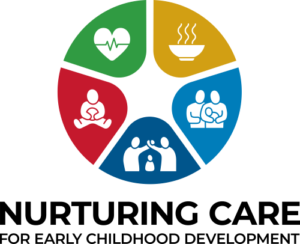Writing for South Africa’s Independent Online, Lesley Bamford (National Department of Health) and Wiedaad Slemming (WITS; SACSOWACH) explain how the National Department of Health is adopting a comprehensive approach to providing integrated services that promote survival as well as nurturing care through the health system.
“The key to optimising developmental potential is to start early. The period from conception to age 2- 3 is a critical time for brain and physical growth, for better or for worse,” they write. “Nurturing care embodies the provisions outlined in the ECD Policy and comprises five essential elements, i.e. health, nutrition, early learning, safety and security and responsive caregiving. These should be provided to all children, particularly in the earliest years, with a recognition that there are children and families who require additional, targeted support and care in order to survive and thrive.”
Bamford and Slemming argue that child health consultations (in facilities and households) should be structured around the five pillars of nurturing care, with health workers expected to address each of these pillars at every contact.
“South Africa has adopted the World Health Organization recommendations of eight antenatal care visits and one routine early ultrasound scan for all pregnant women. These provide well-timed opportunities to feasibly and cost-effectively integrate nurturing care interventions into existing health platforms early in the life course”.
You can access the full story here.
It should also be noted that the two authors were contributors to the South African Child Gauge 2019, published by the Children’s Institute, University of Cape Town. In discussing key interventions in the first 1000 days, the publication recommends two key documents:
“The Nurturing Care Framework provides a framework for a comprehensive package of services and support for early childhood development, whilst… (the) ECD Countdown Country Profiles provide a basis for measuring progress over time and comparing progress between and within countries.”
You can access the 2019 Child Gauge here. The section on the first 1000 days can be downloaded here.






